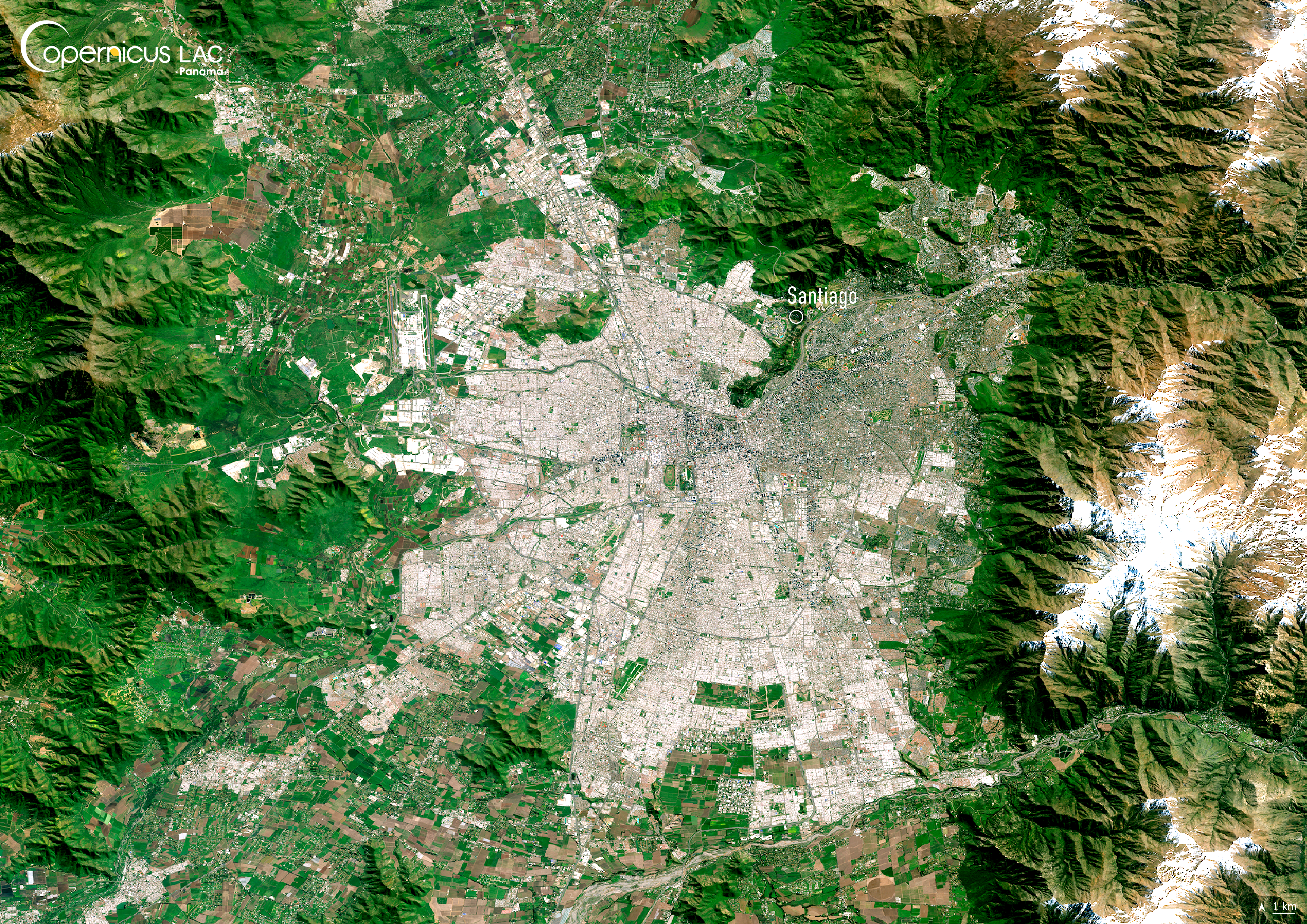
Date: 9 September 2025
Location: Santiago, Chile
Credit: Copernicus Sentinel-2 image, processed by the CopernicusLAC Panama Centre
Description:
This Copernicus Sentinel-2 image, acquired on 9 September 2025, shows Santiago, the capital of Chile.
Nestled between the Andes to the east and the Chilean Coastal Range to the west, Santiago is one of the most populous cities in Latin America, with over 6 million inhabitants, representing more than 30% of the national population.
Its location makes Santiago especially prone to hazards. The city lies along the Nazca–South American plates boundary, making frequent seismic activity a primary risk. Beyond earthquakes, climate variability also poses significant challenges. Central Chile has been affected by a prolonged “megadrought” from 2010 to 2022, with persistent precipitation deficits which stressed water supplies. Yet the region was also impacted by the opposite extreme. In fact, atmospheric rivers caused by heavy rainfall and rapid snowmelt in the Andes triggered flooding episodes.
Given these conditions, the CopernicusLAC Panama Centre empowers institutions and stakeholders in the LAC region to leverage the free and open Copernicus Earth Observation data for disaster risk reduction. Among the activities of the centre is the co-development of tailored Services to support local authorities, researchers, and civil protection teams in monitoring risk such as seismic activity, climate-related hazards (flood and drought), and assessing their impacts on population.
The Centre also promotes capacity building through its Digital Campus, which provides free access to training and resources on how to use Copernicus data for disaster risk reduction and environmental monitoring to registered users.
To stay updated on the latest activities from our Centre, be sure to follow us on LinkedIn, Instagram and X.
Background Information
The Copernicus LAC Panama Centre’s activities take place within the overall context of the EU-LAC Digital Alliance, which is a strategic framework for promoting cooperation between the EU and the Latin America and Caribbean (LAC) region on digital and space issues under the EU Global Gateway umbrella. Within this context, the European Space Agency (ESA) is coordinating the Centre’s implementation on the basis of a Contribution Agreement with the Directorate General for International Partnerships (DG INTPA) of the European Commission, and in close collaboration with Panama’s government, MIRE (Ministry of Foreign Affairs), Government Innovation Authority (AIG), and SENACYT (National Secretariat for Science, Technology and Innovation).
The CopernicusLAC Panama Centre will serve as a hub for innovation in the Latin America and Caribbean region, supporting national and local entities in leveraging Copernicus data and information to boost socio-economic benefits and resilience. In addition to providing engagement opportunities, the Centre is developing geospatial Disaster Risk Reduction (DRR) Earth Observation (EO) Services (addressing hydrometeorological hazards, wildfires, geological hazards, and hazard exposure) in close collaboration with local users and stakeholders, to whom they will be handed over to ensure that the unique needs of the region are addressed in the long term.
In addition, knowledge and skills transfer is a key element of the CopernicusLAC Panama Centre, which hosts a Digital Campus with access to training modules and educational resources for technical users and citizens alike. The Centre will also organise community-building events, policy dialogues and industry matchmaking, as well as hackathons and other EO data challenges to stimulate user adoption of Copernicus data and innovation. These events will also foster cross-collaboration among EO, disaster risk reduction (DRR) and other relevant ecosystems.
Finally, the Centre will support the development of a high-power computing and data storage cloud infrastructure for the LAC region. One of the final objectives of the Centre is to promote the development of communities of practice and to strengthen the knowledge and use of tools for DRR and other application areas in the public sector, academia, the private sector, and social organisations.







